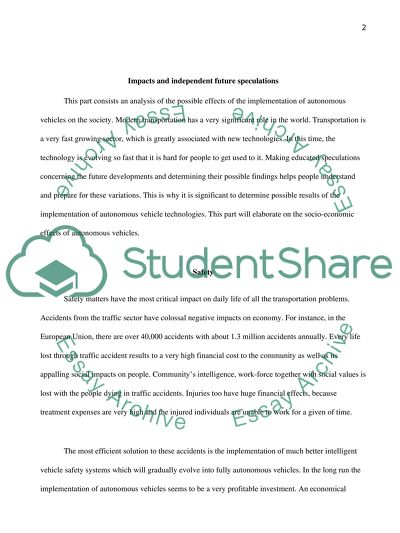Cite this document
(“Auto Ownership Affected by Automated Vehicles Essay”, n.d.)
Auto Ownership Affected by Automated Vehicles Essay. Retrieved from https://studentshare.org/design-technology/1493840-auto-ownership-affected-by-automated-vehicles
Auto Ownership Affected by Automated Vehicles Essay. Retrieved from https://studentshare.org/design-technology/1493840-auto-ownership-affected-by-automated-vehicles
(Auto Ownership Affected by Automated Vehicles Essay)
Auto Ownership Affected by Automated Vehicles Essay. https://studentshare.org/design-technology/1493840-auto-ownership-affected-by-automated-vehicles.
Auto Ownership Affected by Automated Vehicles Essay. https://studentshare.org/design-technology/1493840-auto-ownership-affected-by-automated-vehicles.
“Auto Ownership Affected by Automated Vehicles Essay”, n.d. https://studentshare.org/design-technology/1493840-auto-ownership-affected-by-automated-vehicles.


